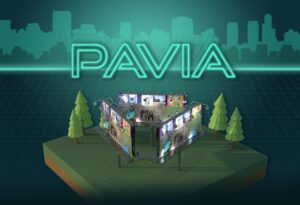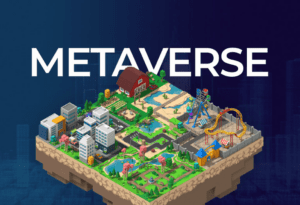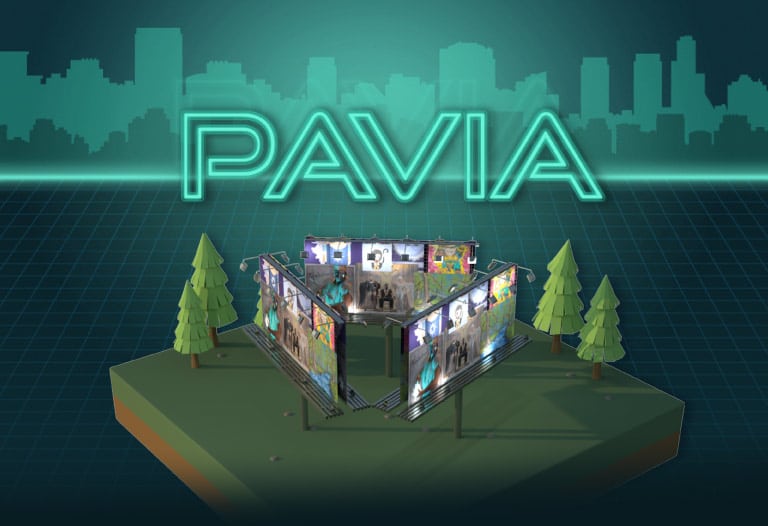
Table of Contents
Toggle2021 was the year in which we began to get an idea of the valuation that virtual terrains can achieve. Pavia was one of the projects that helped us to take dimension.
On the other hand, Cardano finally reached the stage upgrade christened Goguen. By entering it, the network was able to start supporting smart contracts.
While the complicated transaction model and the need for scalability (to come with the next stage known as Basho) prevented a flood of decentralized applications, there was a lot of activity around NFTs, with Pavia playing a starring role.
In this article, I tell you what this vibrant metaverse is all about.
PAVIA: Cardano’s first metaverse
When we talk about Pavia, we are referring to the first metaverse of the Cardano network. You probably already know what a metaverse means, a virtual world in which human beings, or users, are represented by an “avatar” and, through it, are able to interact with this virtual universe.
As soon as a metaverse is deployed in a blockchain environment, each of the “items” that we observe in it are represented by means of a NFT (non-fungible tokens). This type of token has a characteristic that we can assimilate to the human condition, they are unique and unrepeatable.
At this point in the life of this booming ecosystem, we have examples of large metaverses in operation, such as Decentraland or The Sandbox on the Ethereum network, which have given us a small preview of their possibilities. Market analysts anticipate that this will be the “big year” for this type of projects.
But, if we already have metaverses in other networks up and running and generating a lot of attention, what is so important about this new project?
Opportunities in Cardano
Cardano is a network with a loyal community led by Ethereum co founder Charles Hoskinson. It is a project extremely accustomed to criticism and most of them, point to the slowness in the development of the blockchain.
As I mentioned in the introduction, 2021 was the year of the arrival of the upgrade brought by the “Goguen” era. Many expected that this stage, which allows Cardano’s network to support smart contracts, would generate a revolution in the network, with hundreds of applications running.
Reality shows that this did not happen and we only have one decentralized exchange, SundaeSwap. The size of the blocks, plus the need for scalability that will bring the next stage, “Basho”, are necessary for a complete experience and the long-awaited takeoff of the DeFi ecosystem (decentralized finance).
In any case, Cardano sees its native currency, ADA, installed in the “crypto top ten”, according to its marketcap, a long time ago. You can imagine that this faithful community, which had a huge capital of some 33 billion dollars to date, but which was able to count the 93, is fertile ground for the development of NFT projects.
The wait for Cardano users to take action began to be quenched with various NFT projects that allowed them to start using the network in an activity that involves more than just staking.
Pavia, not only fulfilled this expectation, but also promises to be a complete metaverse, integrated with the renowned Unity videogame engine, which will facilitate a complete virtual experience. As it could not be otherwise, following the tone of the network in which it is hosted, the narrative around this metaverse, has a strong presence. Let’s get to know it.
The narrative around Cardano and Pavia
Cardano is known as the “scientific blockchain”. This qualification comes from the way in which each update is reviewed on the network. These are sent to different university “labs” specialized in blockchain, which return approval or suggestions for modifications. This rigorous process perhaps explains the development times.
However, this narrative runs through the network from the very basics of its existence, including its name. This comes from the surname of Gerolamo Cardano. Gerolamo, who lived during the Renaissance period in Italy, was a physician, mathematician, astrologer, philosopher, encyclopedist, and chance scholar.
Now, you can imagine where and when Gerolamo was born, right? That’s right, in the Italian city of Pavia, Duchy of Milan at that time, on September 24, 1501. So, it is inevitable that the first metaverse of this blockchain will be named after the city where he was born and will be launched in the month of his birth.
In every step taken in this blockchain, we find how the narrative is handled with great care and great concordance.
But, it is time to leave this behind and move on to the concrete analysis of Pavia.
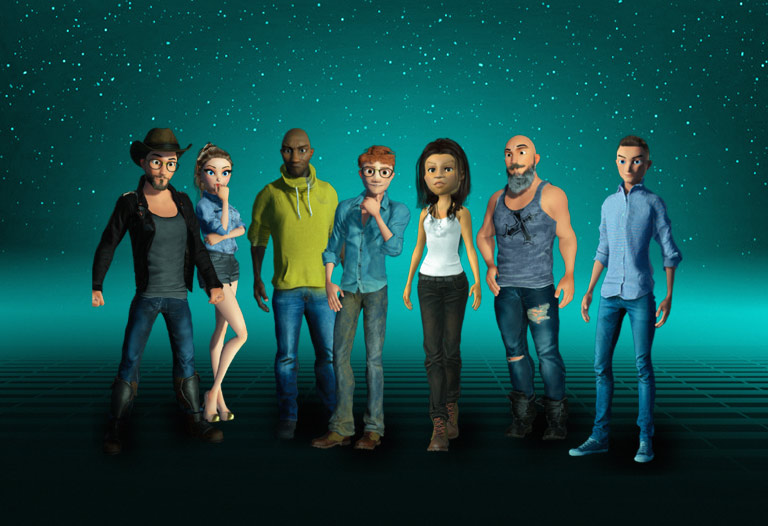
What does Pavia have to offer?
The time has come to see what Pavia has to offer us, those of us on the other side of the terminal, the users. Beyond a narrative according to the network in which the metaverse is located, we already have two big events of “minting” of NFTs related to this platform. We also have graphic advances and tools developed by users, moved by the proposal.
Let’s analyze, one by one, the issues I am talking about.
The lands of Pavia
As it could not be otherwise, the first thing we find in this metaverse are the lands. Each of these “lands” is identified as a NFT or, precisely, as a CNFT (Cardano NFT). These are identified with unique coordinates within the universe of Pavia.
This metaverse has 100,000 plots of land available to its users. On them, each holder will be able to deploy their “3D scenes”. These “scenes” can be graphically translated as constructions that each owner of a plot of land will be able to display in Pavia. We can imagine casinos, museums, bars and similar buildings.
The novelty that this project brings with it is in the so-called “states”. These occur on the map when an owner owns 9 contiguous lands or plots of land. Those who own a “state” will have the opportunity to obtain great returns for the use of the facilities they have in it. Undoubtedly, this is what many users sought to obtain in the first two land sale events in Pavia.
Pavia’s “minting” events
The 100,000 Pavia lands were distributed in 3 major events, which were a success, exceeding even the expectations of the organizers themselves.
The numbers below:
-
- First launch, 29 thousand lands were mined at a cost of 39 ADAs each.
- Second launch, 31 thousand lands were mined, at a cost of 46 ADAs each.
- Third and last release, the remaining 40 thousand lands are currently being mined at 80 ADAs each NFT.
- First launch, 29 thousand lands were mined at a cost of 39 ADAs each.
Given the current structure of the network and the transaction model it uses, the events in which NFTs are “minted” in Cardano are extremely different from the rest of the networks.
Here, instead of interacting from our wallet directly with a smart contract function that “creates” our NFTs and randomly assigns them their characteristics, we must send ADA to an address and wait for the coveted prize to be returned to us.
In the first two Pavia events, there was no “whitelist” of any kind, so those who wished to acquire land had to send in the necessary ADAs in the hope of being lucky enough to acquire land. All those, who were not lucky, would see their ADAs returned within the next few days.
This mechanism caused that in the second event, the amount of ADAs received was enough to cover the cost, not only for the 30 thousand lands “on offer”, but also for the 40 thousand reserved for the last event and even more. When I say that this event exceeded the expectations of the organizers, these are the facts I have in mind.
From Pavia’s team, they considered “undermining” the totality of the lands at that time. They launched a vote, where the users decided to respect the three separate releases. Each leftover ADA was returned and the third release had a “whitelist” and priority for those wallets, which in the second event sent their ADAs and saw them returned unsuccessfully.
The avatars of Pavia
In this universe, human beings must be represented in a virtual way. The person in charge of this function is an NFT, which takes the generic name of “avatar”. Pavia’s team worked to provide these virtual characters with the highest possible level of detail and an interesting versatility when it comes to their movements.
The most interesting detail is that the creation of these “avatars” is now available to any user. Without even the obligation to register, nowadays it is optional, we can enter the project’s website and create our own avatar.
This preview generated great enthusiasm among the fans of the project, since they had a first impression of the level of graphic detail that this metaverse will offer them. Undoubtedly, the reception was extremely positive.
Pavia’s tools
Throughout this article, I highlighted the importance that the community has in this blockchain. From my own experience, I keep in touch with different communities related to the network and their union behind the same objective is instantly appreciated.
Therefore, the first metaverse of the network is not an exception to this rule, but reinforces the spirit that reigns around the Cardano network. Pavia has the following tools, all born from the heart of its incipient community:
-
- OpenCNFT, a database to analyze trends and amounts of exchanges, among the project’s NFT-holding wallets.
- CNFT.IO, the network’s marketplace, where different NFTs are marketed. Prices range from 200 to more than 10,000 ADA per plot.
- 3D Map, its name says it all, a 3D map to visualize this metaverse.
- Community Hub, the platform on which stakeholders can propose or vote on ideas for the future of Pavia
- Heat Map, a kind of heat map, which takes data on sales and recent movements. In this way, we can know in which areas of the map are the most viewed.
The community around any project is an extremely important pillar. From Pavia, they know that this aspect is covered in a strong and passionate way. The first steps have been taken in the right direction.
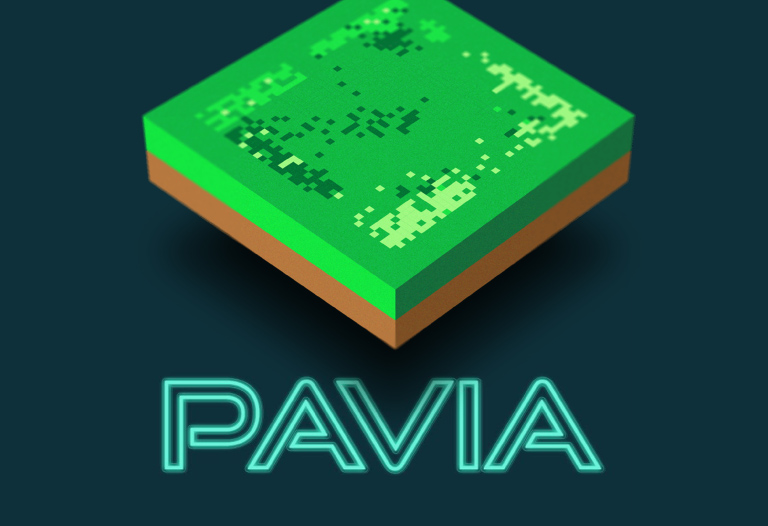
PAVIA, the metaverse token
An important point, within each metaverse, is its currency. From Pavia, they created their own and this will have important functions in the first Cardano metaverse.
PAVIA, a fungible token already circulating in Cardano’s blockchain, will be the currency with which transactions will be credited and in which rewards will be received in this metaverse.
With a total supply of 2 billion tokens, last December, 500 million PAVIA were delivered by means of an Airdrop. Who were the lucky ones who received these coins? All those who were in possession of a “Land”. The numbers? a little more than 8 thousand PAVIA for each Land.
Its holders are anxiously awaiting the full launch of the metaverse in order to make use of this token.
A brief reflection on Pavia
Considering the year we are coming from, there is a lot of expectation around the present year. There have already been attempts to baptize it as “the year of the NFTs” or “the year of the metaverses”. I think we should not be too hasty. It is time and events that will give these names the entity they deserve.
Many voices cry out that the “metaverse” offer is too wide. That there is not enough mass of users to occupy each new metaverse. Some projects are focused on attracting the next 10 million crypto-users.
Pavia, had a brutal start. In terms of interested parties and number of NFTs available, the ratio was overwhelming, rarely seen before. Perhaps Pavia will be the definitive push to awaken “the sleeping giant” and complete the leap towards the transformation into the platform it has been promising. It will be a matter of “setting” the alarm and reviewing the numbers at the end of the fiscal year?





